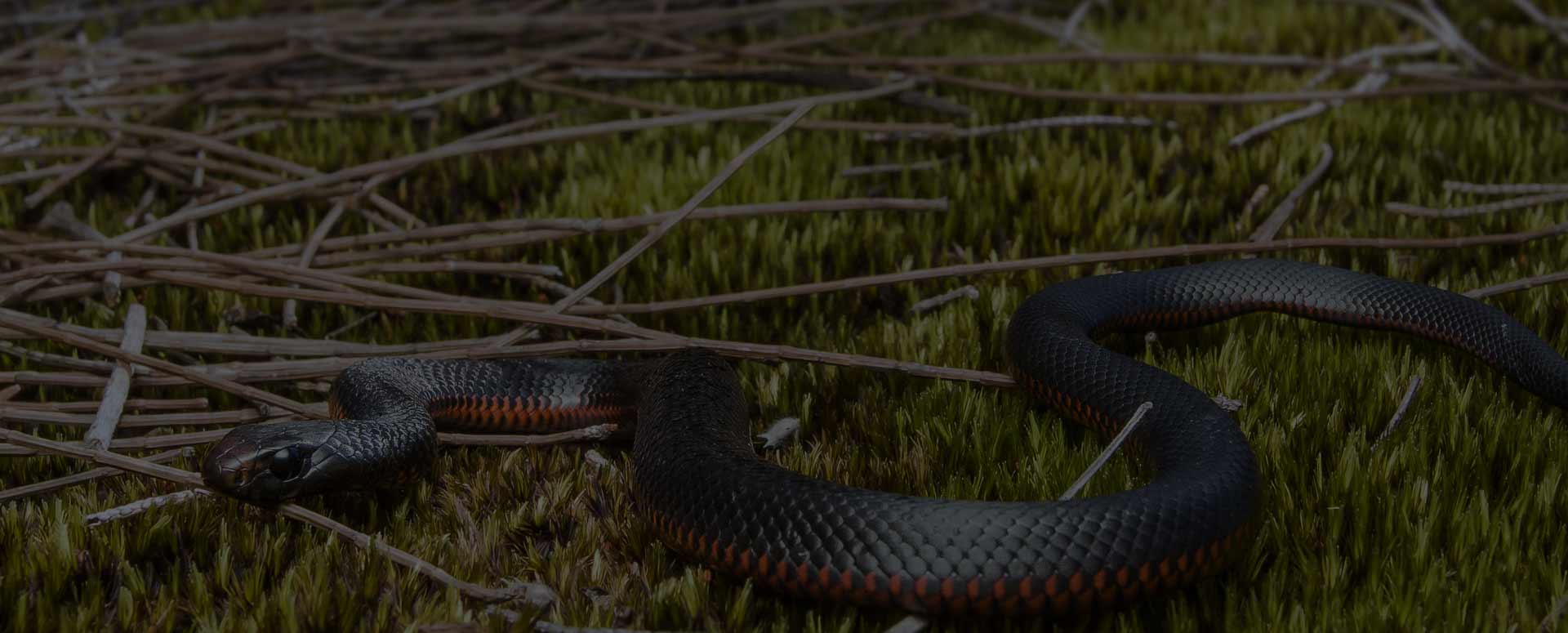
Snakes
Western Australia has around 110 varieties of snakes, 35 of which are unique to the state. These vary from small worm-like blind snakes to huge pythons that measure more than 5 meters long.
Western Australia has some of the world’s most venomous varieties of snakes. These may include:
- Common death adder (Acanthophis antarcticus)
- Mulga snake or King brown snake (Pseudechis australis)
- Dugite (Pseudonaja affinis)
- Western brown snake (Pseudonaja nuchalis)
- Coastal taipan (Oxyuranus scutellatus)
- Tiger snakes (Notechis Scutatus)
Snake bites are rare in Australia with very few recorded deaths since the development of anti-venom. Most snakes would rather slither away and will only strike if they feel threatened.
21 of the 25 most venomous snakes in the world live in Australia, including the most poisonous snake in the world. The inland taipan, commonly known as the “fierce snake,” has venom so powerful a single bite could kill 100 grown men.
Snakes

